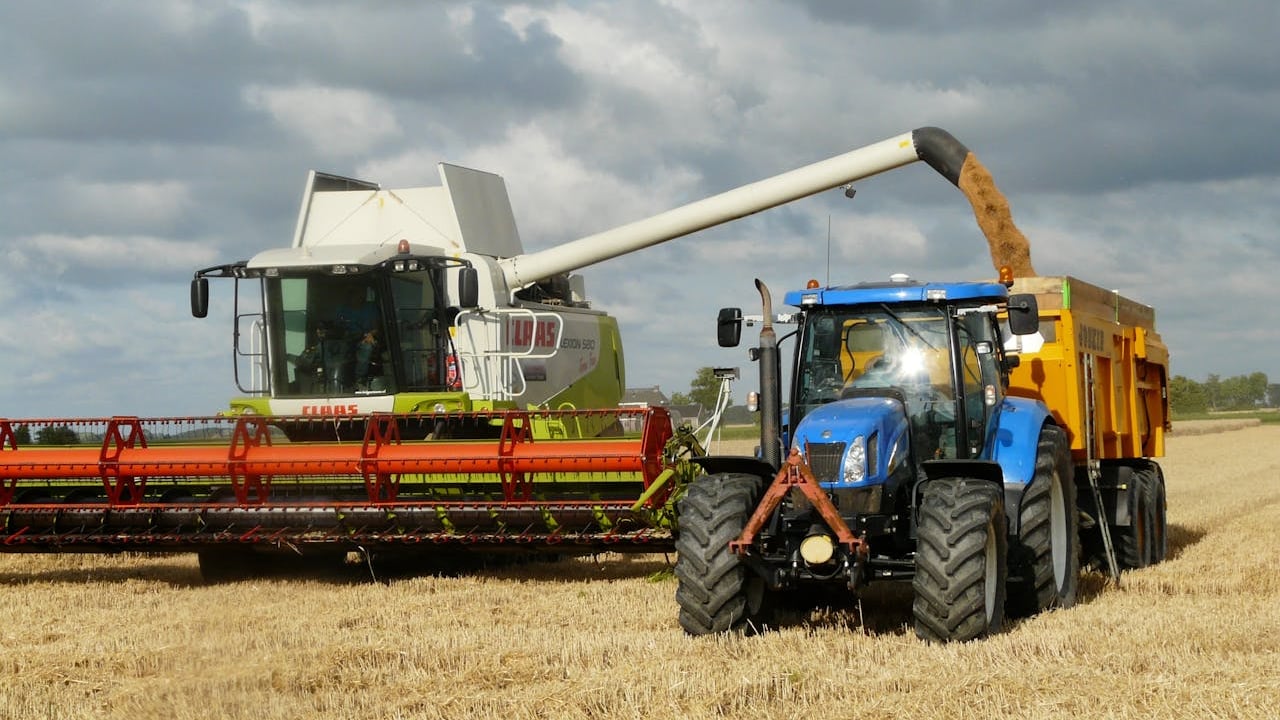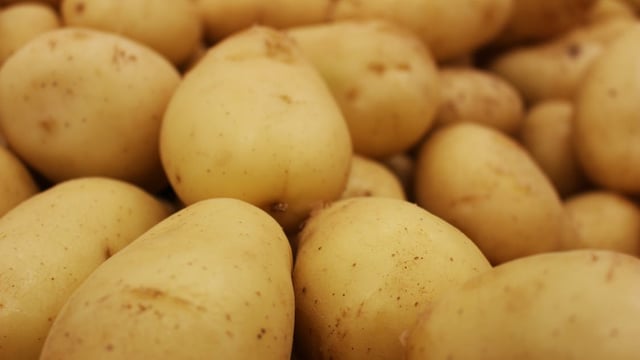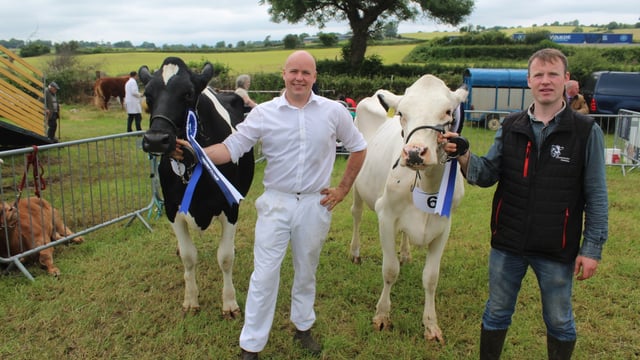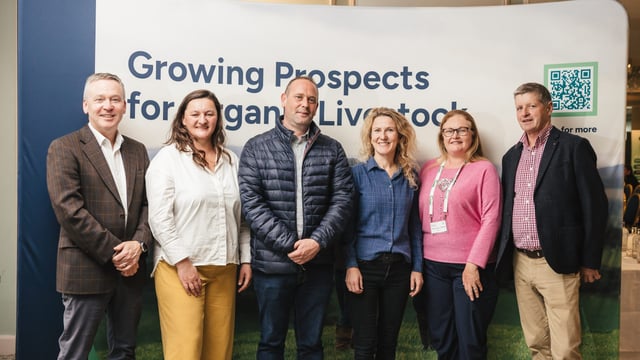Opinion: Tillage sector gears up for the 2024 grain harvest
It has been a challenging year, so far, for tillage farmers, but July is now with us and the 2024 grain harvest is just around the corner.
By all accounts, tillage farmers will be cutting the first of their winter barley crops within the next two to three weeks, so, let’s hope the weather holds.
The first of last year’s barley fields were cut in almost perfect conditions. After that, the rain started falling and the weather did not pick up again until the middle of April this year.
It all meant that the bulk of last year’s cereal harvest became a ducking and diving exercise. However, those farmers committed to crop production might prefer to use the term 'salvage operation'.
Meanwhile, the rain just kept on falling. Crops of winter barley and wheat that should have been planted out in the months of September, October and November were never drilled - leaving growers with no option but put most of their ‘faith’ in spring crops this year.
But, even this option was not without its challenges. Soil conditions and the weather did not improve until the second half of April.
As a result, crops that should have been in the ground around St. Patrick’s Day were not sown out until the beginning of May.
So, the fundamental question arises - can crops with such a truncated growth cycle deliver realistic yields? We will find out over the coming weeks.
Unlike their livestock producer colleagues, who can house cattle and sheep during periods of extreme weather, tillage farmers have no option but to suffer through.
Once a crop is in the ground, it’s an all-or-nothing process from that point onwards - the weather becomes king.
Recent years have seen crops grown in Ireland subject to periods of drought and heavy rain. But let’s not forget the floods and storms as well. Meanwhile, growers could do nothing but watch on from the sidelines.
Optimists might say: 'This is all character forming stuff.' Others among use – let’s call them realists – would be strongly of the view that the investment made and the risks taken by tillage farmers should be fully recognised across society as a whole.
The most significant stakeholder in this context is government.
The need for a vibrant tillage sector, operating at the very heart of Irish agriculture is obvious. Recent years, however, have seen the industry sidelined, in terms of the support measures made available for growers.
The work of the Tillage Vision Group was supposed to address this issue. The members’ final report was published almost two months ago.
Meanwhile, we still await a formal response from Minister for Agriculture, Food and the Marine, Charlie McConalogue.
Talk of an early General Election only adds to the uncertainty that surrounds government’s plans for the tillage sector.
Given this backdrop, it would be appropriate for Minister McConalogue to, at least, give some insights into his ‘tillage priorities’ over the coming days





